Maths
Mastering maths means children are acquiring a deep, long-term, secure and adaptable understanding of the subject. We believe and adhere to the following principles to help our children have a secure understanding of maths, using White Rose Maths as the core delivery tool for this.
Coherence
Lessons are broken down into small, connected steps providing access for all children and leading to the ability to apply the concept to a range of contexts.
Representation and Structure
We use concrete resources and pictorials to make maths visual so children can see and manipulate it. Concrete maths resources are objects that can help children see maths. For example, “five apples” and “half of a pie” are concrete numbers, while “five” and “one half” are abstract numbers.
In every maths lesson, teachers model how to use precise maths language to explain mathematical thinking and encourage children to discuss their ideas and thinking while they explore maths concepts. Teachers encourage children to share their thinking to deepen their understanding of a maths idea by questioning; for example: What have you discovered? How did you find that out?
Fluency
Quick and efficient recall of maths facts, for example, number bonds to 10 (numbers that add up to make 10), times tables, days of the week, and months. Each year group has a daily ‘maths meet’ which helps support the development of fluency.
Variation
The teacher represents the concept being taught, often in more than one way, to draw attention to a particular idea and develop an overall understanding. We encourage children to pay attention to what is kept the same and what changes, connect the mathematics and draw attention to mathematical relationships and structure. For example, if I know 2 + 2= 4 then 12 + 2 =?
